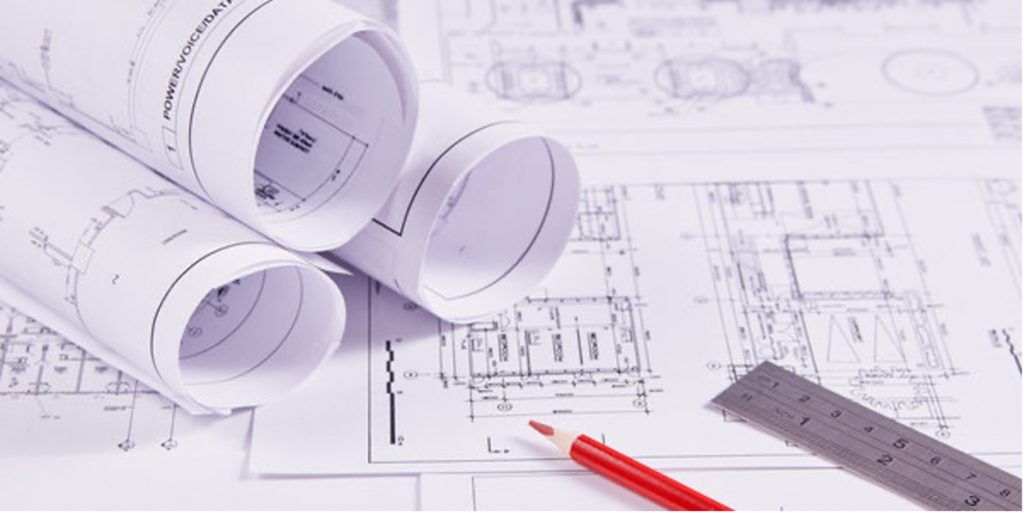Welty Building Company in OH is a sustainable commercial construction business serving clients for over 75 years. A core part of Welty’s operational model is its “design-build” philosophy, so we asked Welty to explain more about this approach and how it is generally applied in large projects.
Design-build is often considered a modern innovation in construction. Indeed, its popularity has increased in recent years as project owners search for more responsible and streamlined construction practices.
However, the history of this construction method goes back much further than many people know, and it has been responsible for some of the greatest architectural feats in history. In this guide, we discuss the features and benefits of design-build projects.
What Are Design-Build Projects?
This methodology differs from the “conventional” construction process in that a single party handles the design and delivery of a construction project. Welty Building Company says that the system that was widely used in the 20th Century saw a project conceptualized by an architect for an owner, and then delivery of the project was tendered to contractors who would put in bids.
The perceived advantage of this system was that competition among contractors would drive down costs for the owner and ensure that contractors were bound to offer competitive terms and timescales for delivery. However, the system came with several disadvantages:
- Conception had to be finalized before a contract could be tendered, adding to the timeframe of the delivery
- If there were flaws in the process, the architect and contractor could each attempt to blame each other, making it difficult for the project owner to achieve accountability
- Methods favored by the contractor could be suboptimal for achieving the architect’s vision
So how do design-build projects address these problems? First, it’s essential to understand the two main types of design-build approaches.
Contractor-Led Projects
In this system, the contractor is essentially in charge of the entire process, explains Welty Building Company. The contractor works alongside the owner to subcontract or employ architects and construction teams to design and build the owner’s idea.
The architect may work alongside the head contractor but is typically subordinate to them. This method allows the architect to be held accountable for design during construction – it allows modifications to designs where the contractor sees an issue.
Architect-Led Projects
The architect-led method involves the owner inviting collaboration between architects and contractors from the project’s inception. This system uses the agile methodology to ensure that all parties are on the same page at all times, involving the contractor in the design process and allowing the architects to create and modify plans according to the input of the head contractor.
In some cases, the architect is chiefly responsible for subcontracting the construction process. This puts the architect at the head of all design as the owner’s main point of contact.
Benefits of Design-Build Projects
The design-build system addresses the issues found in other types of construction projects by:
- Integrating design into the construction process and eliminating the time-consuming step of having contractors bid for the role. This ensures that an accurate timescale can be devised for the construction process and reduces the risk of a suboptimal contractor taking the role simply by putting in a low bid.
- All parties are involved in the process from start to finish. Dialogue is possible between the architects and contractors, meaning that every party can be held accountable, and it is easier for the owner to discern which party is responsible for any problems. The architect’s job is not “finished” by the time construction begins – they must continue to address issues and contribute to the project’s success.
- The contractor can give input into the design process, pointing out parts of the design that may not be achievable within the means of the project. Similarly, the architect can create a blueprint that works to the contractor’s strengths, opening possibilities that wouldn’t be achievable without continuous dialogue.
The agile system of continuous improvement allows all parties to communicate and address issues as they arise, not only enabling mutual accountability but creating a better understanding of what is achievable and on what timescale. Design-build projects resolve long-standing issues in the construction industry and are increasingly favored by owners for this reason.
History of Design-Build Projects
This project finds its roots in the “master builder” system, which may have been used around 4,000 years ago by the Ancient Egyptians and Sumerians. In this process, the “master builder” was responsible for overseeing the design, contracting, and construction of a project from start to finish and was accountable to the owner.
The concept was also used throughout the Middle Ages and Renaissance and has been responsible for some of the most impressive European architecture of that period. The integrated approach has recently seen a resurgence in popularity, but its advantages have been evident throughout history.
Choosing To Use the Design-Build System
Accountability is of paramount importance to project owners – it represents their only means of seeing that their investment pays off. According to Welty Building Company reviews, the design-build system permits that accountability. It also improves communication while fostering creativity and speeds up the process from inception to delivery. This is why it has been so successful throughout the ages and continues to deliver excellent results today.









